Surfing strip plus a bit of history
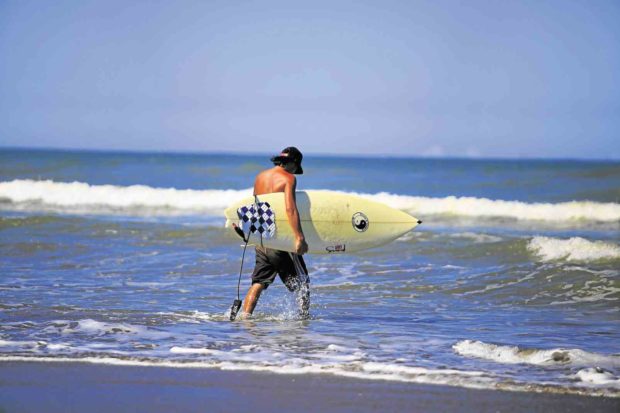
Visitors taking an eight-hour land travel fromManila to CamarinesNorte province can look forward to a day of relaxation in Daet’s Bagasbas beach. Mark Alvic Esplana
DAET, Camarines Norte — Camarines Norte holds the distinction of putting up the first monument dedicated to the national hero, Dr. Jose Rizal, in 1899. But more than its place in history, the province is blessed with beaches and rolling waves for surfers, islands for those seeking the less explored, and other natural wonders for the curious tourists.
Daet, the capital town, is 374 kilometers from Metro Manila or an eight-hour land trip. Visitors won’t have any problem looking for a place to stay as more than 40—from simple inns for backpackers to comfortable hotels—are all over town.
Restaurants, inns and a resort-hotel dot the Bagasbas Beach strip, one of the popular spots in Daet and 5 km away from the town center.
If Manila Bay is famous for its stunning sunsets, Bagasbas is known for its spectacular sunrises. In fact, the unobstructed view was the reason the beach had been singled out in 2012 as the official site of the Department of Science and Technology to observe, record and monitor the transit of Venus across the sun.
The rolling waves lure surfers as wind billows west toward the long coastline from Daet to two more towns. Brownish-white sand spreads 12 km to the north—an ideal place for paragliding.
Article continues after this advertisement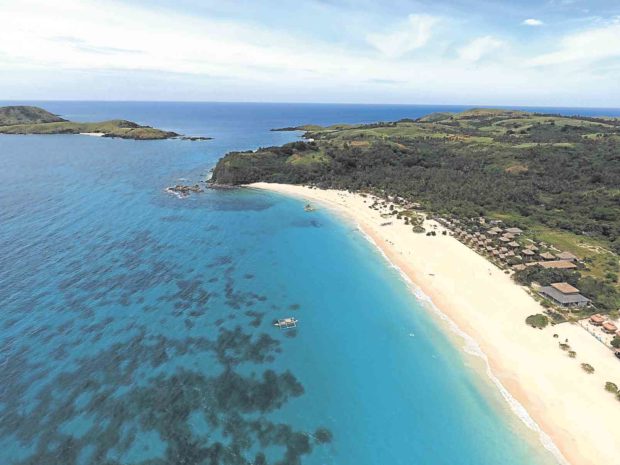
Calaguas Island
When the sun starts to sear about 10 a.m., visitors can head back to town for a quick visit to the 118-year-old Rizal Monument near the provincial capitol.
Article continues after this advertisementDon’t look for that iconic statue of Rizal standing on a pedestal with a book and a quill in his hands.
The obelisk-like structure, which the National Historical Commission of the Philippines recognizes as the first monument of the national hero was built by the people of Camarines Norte in 1899, or three years after he was executed in Bagumbayan (now Luneta or Rizal Park in Manila) on Dec. 30, 1896.
The structure, which does not bear any image of Rizal, was Masonic-inspired because its construction was pushed by members of the local Freemasonry, according to Abel Icatlo, provincial museum curator who conducted a research on the monument in 2006.
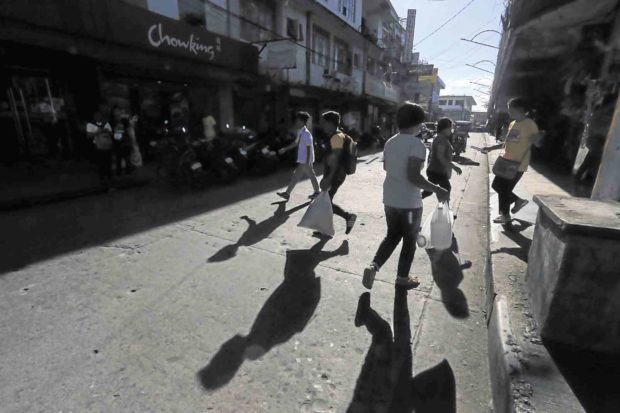
Daet town center
“The Bantayog (monument) is made of coral stones taken from the old Spanish prison where many Katipuneros were tortured and executed after a bloody uprising on April 14 to 18, 1898. Those coral stones were soaked and stained with the blood of Bicolano martyrs,” Icatlo said.
He found the link between Rizal, a Freemason, and the revolutionaries in Bicol in his research paper, “World’s First Rizal Monument: A Bikolano’s Pride and Heritage.”
Icatlo said the revolutionary movement was established through the network of Freemasonry, which flourished here in the 1890s. Its leader, Vicente Lukban, preached liberal thinking through a farmer’s cooperative that secretly sent funds to the Katipunan led by Andres Bonifacio in Manila.
Near the capitol, visitors may taste authentic Bicolano dishes, such as spicy “laing,” at Pratesi.
After lunch, rent a tricycle (P150-P200) to the town of San Lorenzo Ruiz, 15 km from Daet, and try the longest zip line in Bicol. The zip line runs 800 meters and offers thrill seekers a view of verdant villages and a river.
Visitors may take an hourlong trek from the area to a waterfall for a dip amid lush scenery.
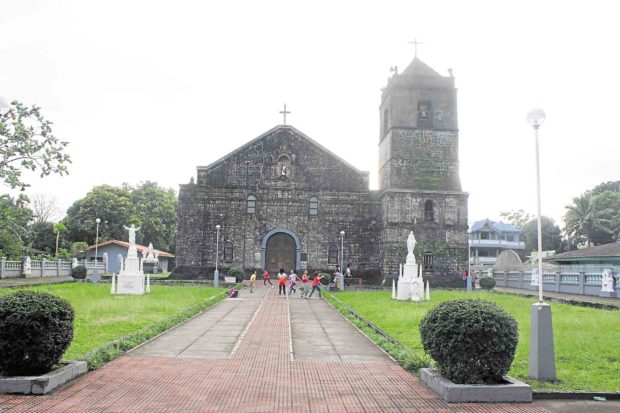
The centuries-old St. Peter the Apostle Church in Vinzons town. —PHOTOS BY MARK ALVIC ESPLANA, JUAN ESCANDOR JR. AND PROV’L TOURISM OFFICE
Before sundown, they can return to Daet to buy souvenir products, such as “pandicillos” (bread stuffed with grated pili kernels), pili tarts, “Pilipinya” pie (a unique mix of pineapple and pili), and bags, wallets and novelty items made from piña fiber.
Retire early to catch the 6 a.m. trip to Vinzons town. Boats bring visitors to the powdery white sand beach and clear waters of Calaguas Island. Round-trip fare is P500 and the boat ride takes two hours from the dock.
Another sea route to the islands is available from Paracale town. A resort offers open cabanas for four to six persons and equipped with a clean toilet and a bathroom. It serves fresh seafood and Bicol dishes.
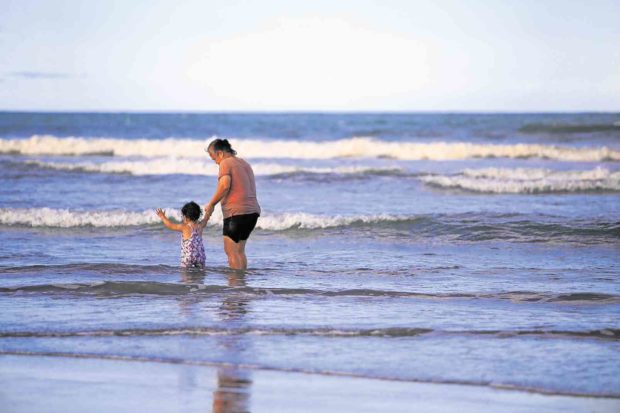
Bagasbas beach is for young and old alike. —MARKALVIC ESPLANA
Visitors may bring along food and tents if they wish to spend the night there.
Aside from fun in the water in Calaguas, especially past dawn or at sundown, guests can explore the island and its hills.
The provincial tourism office also offers overnight guided tour to the seven islands of Mercedes town or a visit to old churches around the province, especially in Vinzons where Spanish-era houses have been preserved.
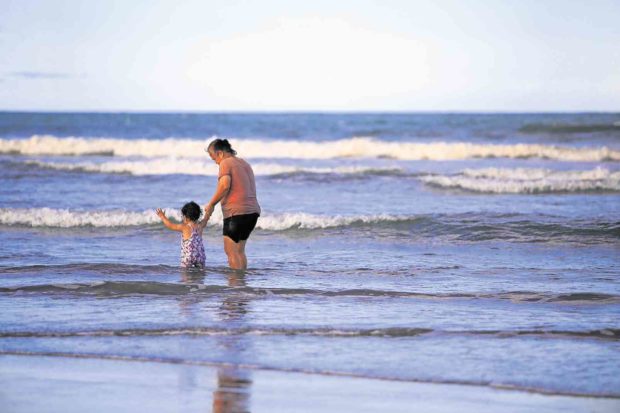
This Rizal monument in Daet is 118 years old. —MARKALVIC ESPLANA